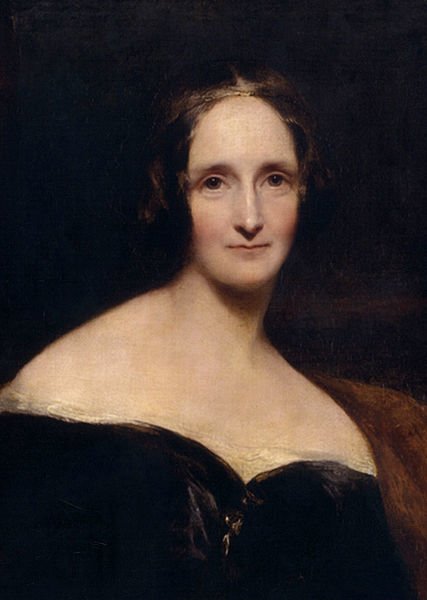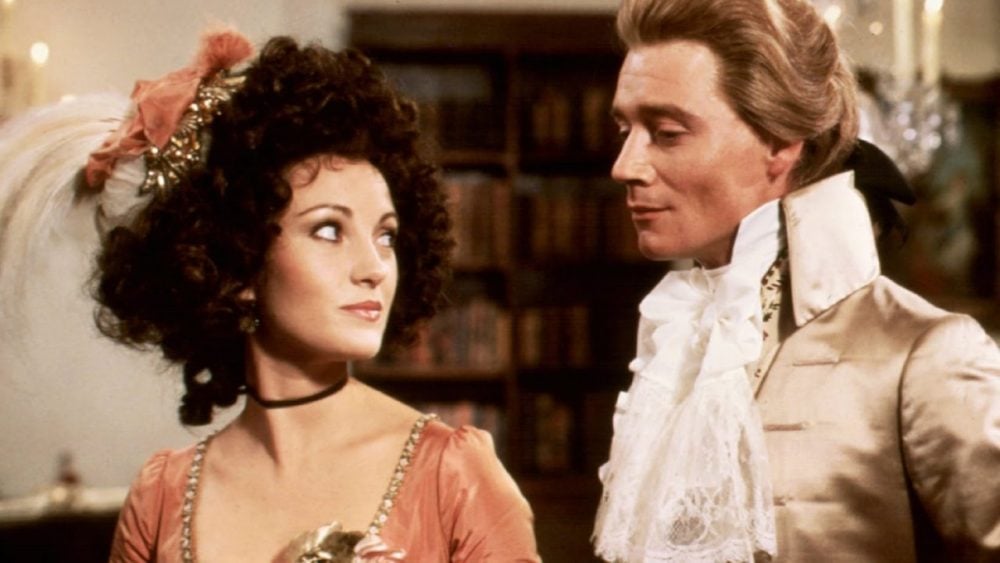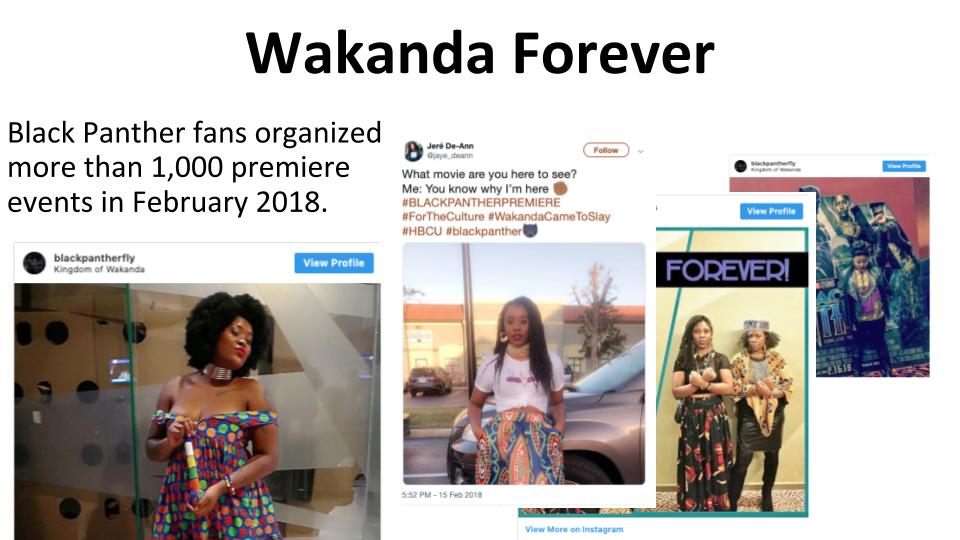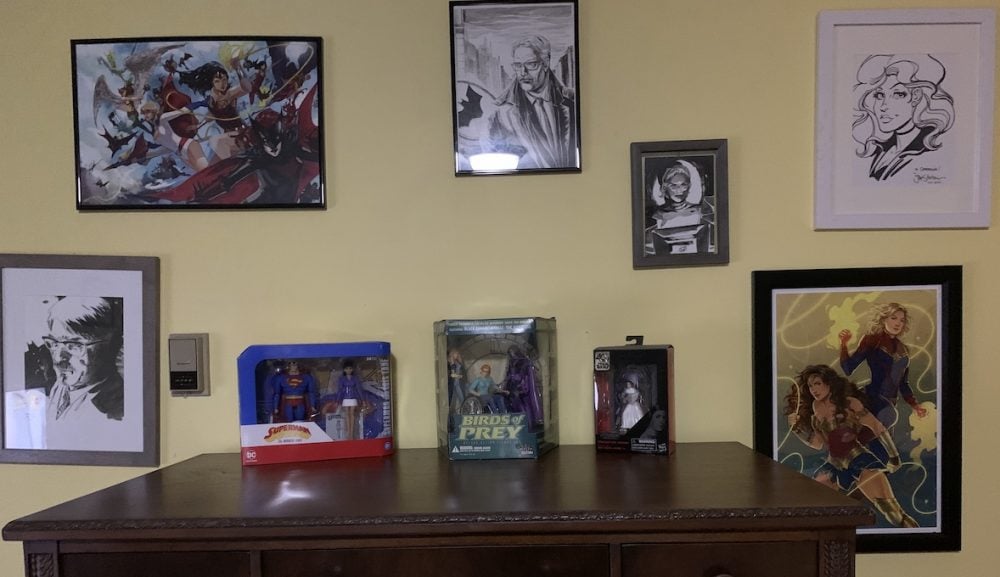
We’re going to lose yet another corner of internet fandom history in December, as Yahoo has announced the deletion of data from all existing groups. Sadly, even before that, much of fandom history has already vanished, as various social media platforms have come and gone, from Usenet to myriad forums that were either deleted abruptly or slowly faded away.
We at GeekMom believe it’s past time to get some of it on the record, before all that wonderful fandom history and memories are lost. In the coming days, we’re going to talk about our specific fandoms from Star Trek to Star Wars to X-Men and other comic book superheroes, in print and on the screen.
We also want to hear from you, our readers, about your specific fandoms, especially if you’re from a group marginalized by the mostly white, mostly straight, mostly cis mainstream representatives of fandom. We offer our site as a platform for a guest post or, if you’re interested, we are always accepting applications for new contributors.
History of Fandoms: A Few Basic About the Involvement of Women
I’m going to kick off our series with a few basic touchstones of science fiction/fantasy, to show just how far back participation by women goes and how that, somehow, became forgotten. Going forward, we need to make sure that all people in fandoms are not forgotten.
A Woman Created the First Science Fiction Novel
It shouldn’t need to be said, over and over, but apparently it does. Frankenstein is widely considered the first science fiction novel. It was written by a woman, Mary Shelley, who started it when she was 18, finished it for publication at 19, and the first copies came out when she was 20.
A teenage girl started the genre, bro-dudes.
The First Superhero: Created by a Woman
The first masked hero story–the first superhero–The Scarlet Pimpernel--was written by a woman, Baroness Orczy aka Baroness Emma Magdolna Rozália Mária Jozefa Borbála “Emmuska” Orczy de Orci.
The Pimpernel’s alter-ego was Percy Blakeney, a supposedly useless aristocrat who used his supposed weakness and lack of intelligence to disguise his exploits as the Pimpernel. He even had a catchphrase: “They seek him here, they seek him there, those Frenchies seek him everywhere.”
Note: If you’re looking for a good cinematic adaption of the Scarlet Pimpernel, try the 1982 movie The Scarlet Pimpernel starring Anthony Andrews, Jane Seymour, and Ian McKellan.
Victorian Age Serials
The first of the month, when new installments were released in England, was called “Magazine Day.”
Reading and discussing (and role-playing and watching) serials was a community experience in that time.
Fans even often wrote to authors and sometimes authors responded by changing plotlines or killing off characters. Yes, the Hawkeye Initiative has some predecessors, if not organized exactly in the same way. 
Wonder Woman Sidelined
Wonder Woman was so popular just after her creation that she was overwhelmingly voted into the all-male Justice Society of America during the Golden Age of comics in the 1940s. But the male editorial team decided that instead of being a full member, she should be a secretary instead. Wonder Woman. SECRETARY. ARGH.
Star Trek‘s Survival Was Due to Women
One of the main reasons for the revival of Star Trek was the original write-in campaign when the series was on-air, which was led by a woman. The first conventions were also set up by women. Women ran the fanzines. GeekMom Anika is planning an in-depth look at this in her segment.
Heck, a woman, Lucille Ball, was responsible not only for producing the original series but she gave Gene Roddenberry a chance to make a second pilot when the first one didn’t quite work. Yes, in so many ways, we owe Star Trek to Lucille Ball.
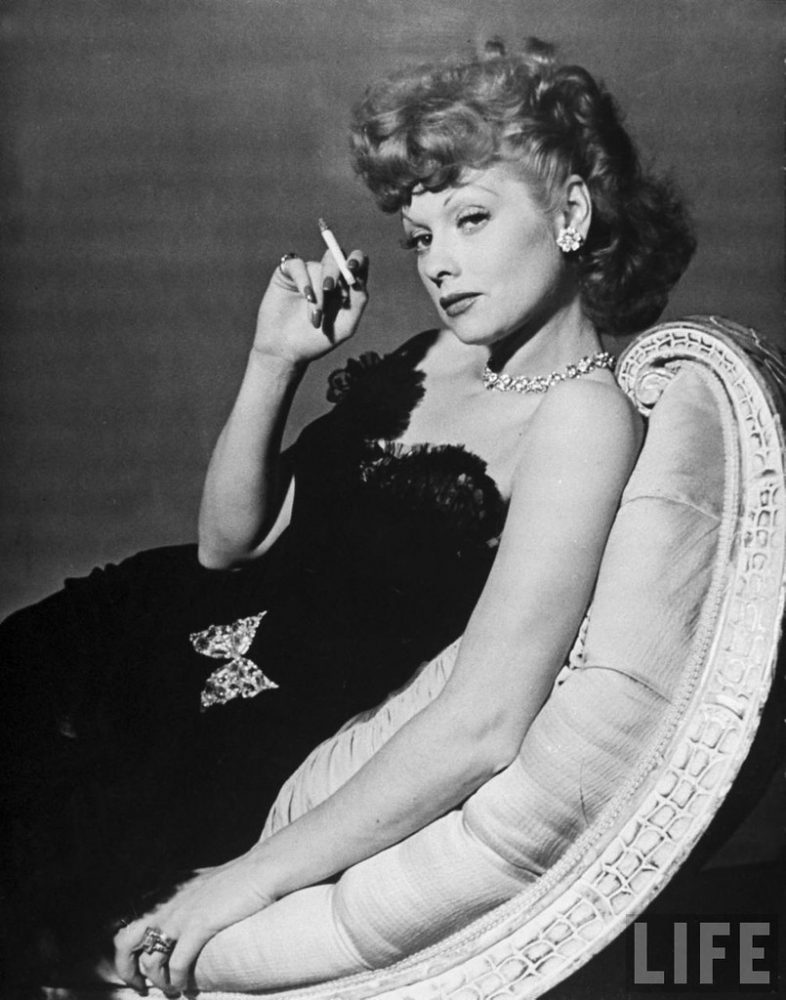
Speaking of Star Trek, Nichelle Nichols’ presence as Lt. Uhura, as limited as the role sometimes was in the original series, put people of color to the forefront as fans, including Martin Luther King, Jr.
And we cannot forget Andreea Kindryd, who worked as Gene L. Coon’s assistant on Star Trek.
Other Fandoms
X-Files fandom was possibly the first internet SF fandom and that was fueled in great part by women who loved Scully and the shippers who wanted Mulder/Scully.
Pottermania reached across all sorts of gender and color lines, even if the books themselves didn’t always do the same.
Which brings us to fanfiction, a fandom expression that has only grown and grown, with recognition for the Archive of Their Own, which won a Hugo this year. There aren’t clear demographics for who writes and reads fanfiction overall but it’s clear that much of it pushes past or ignores the boundaries of gender and that its writers and readership are likely more diverse than some of the original properties.
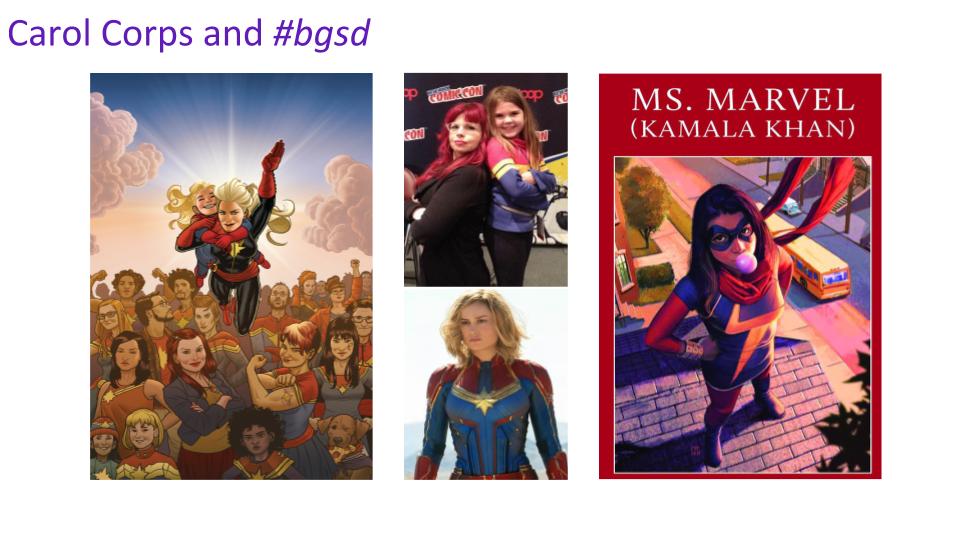 More recently, there has been the rise of the Carol Corps, the “discovered” (but always there) market for SF/F for marginalized people, written by traditionally marginalized creators, such as Ms. Marvel, the books of N.K. Jemisin, and so much more.
More recently, there has been the rise of the Carol Corps, the “discovered” (but always there) market for SF/F for marginalized people, written by traditionally marginalized creators, such as Ms. Marvel, the books of N.K. Jemisin, and so much more.
This series is for sharing our stories. We hope you enjoy them and we hope you want to share your stories with us.

